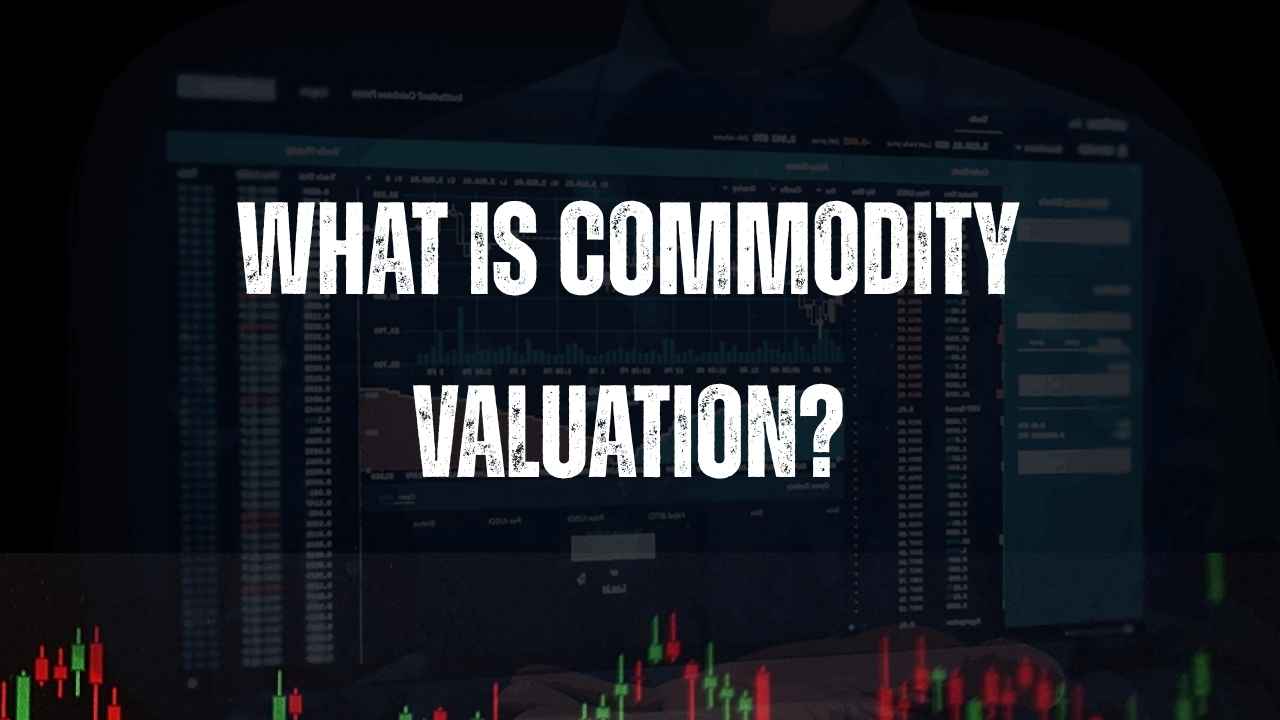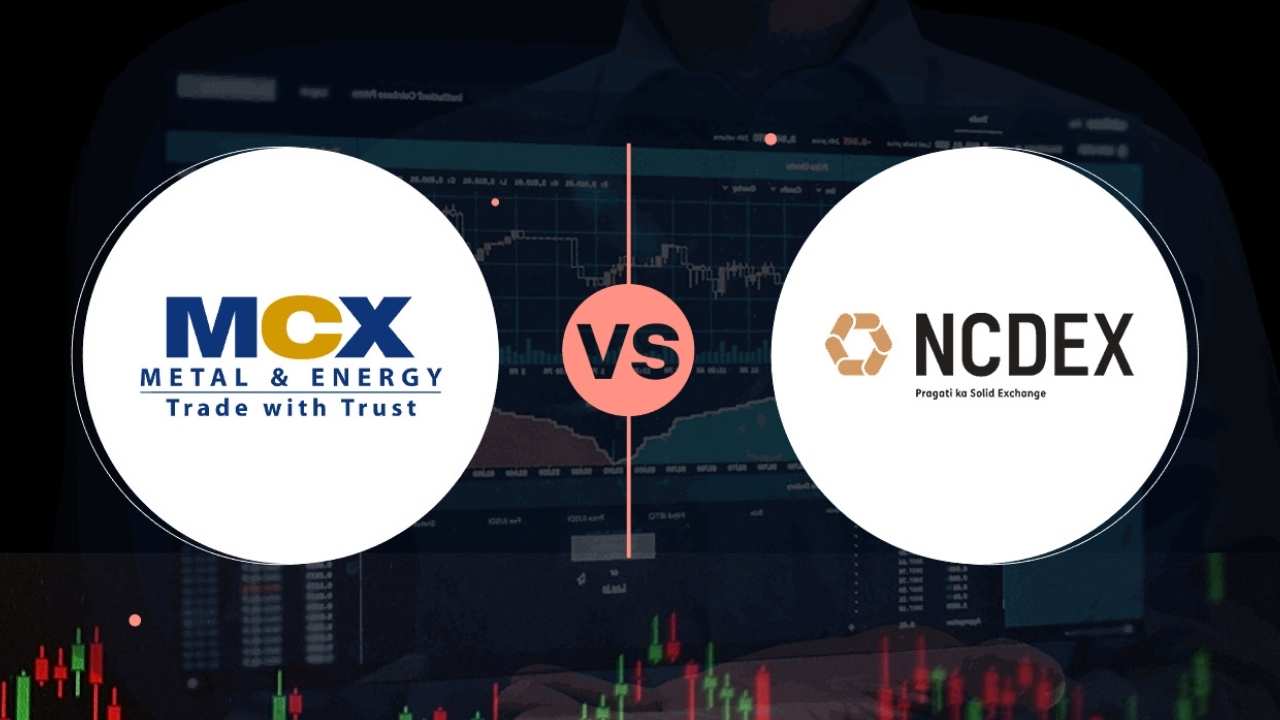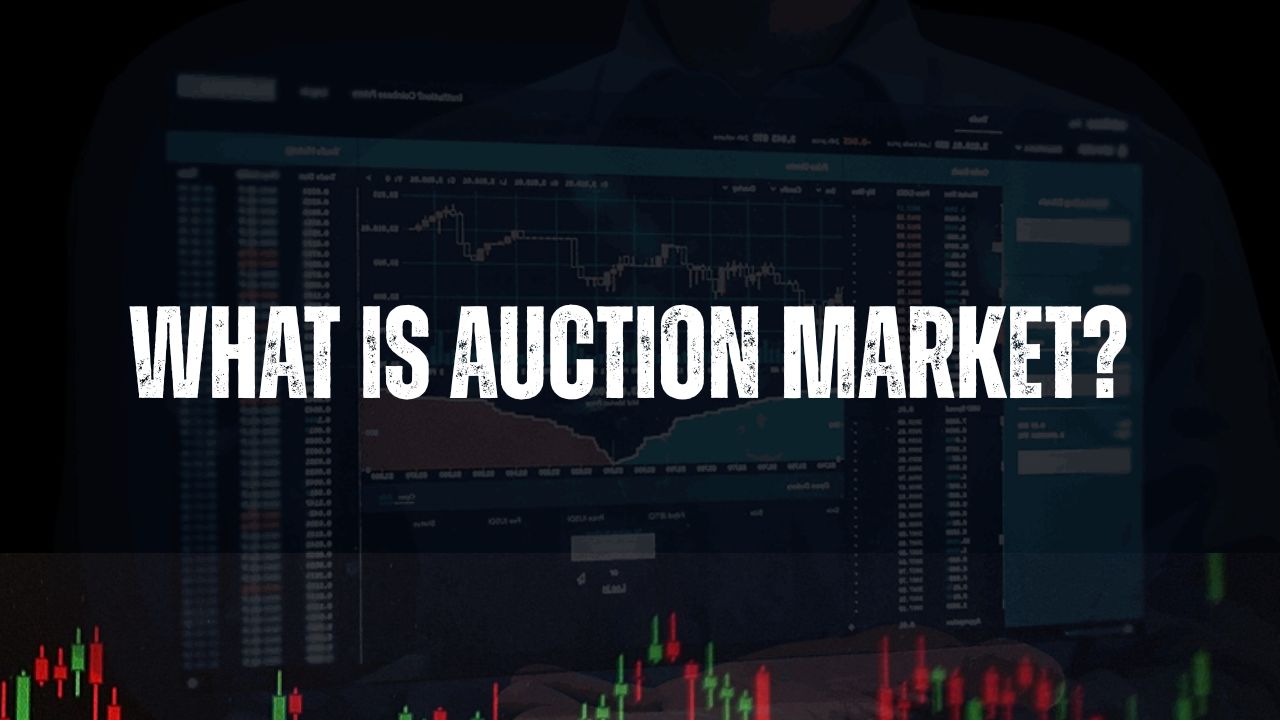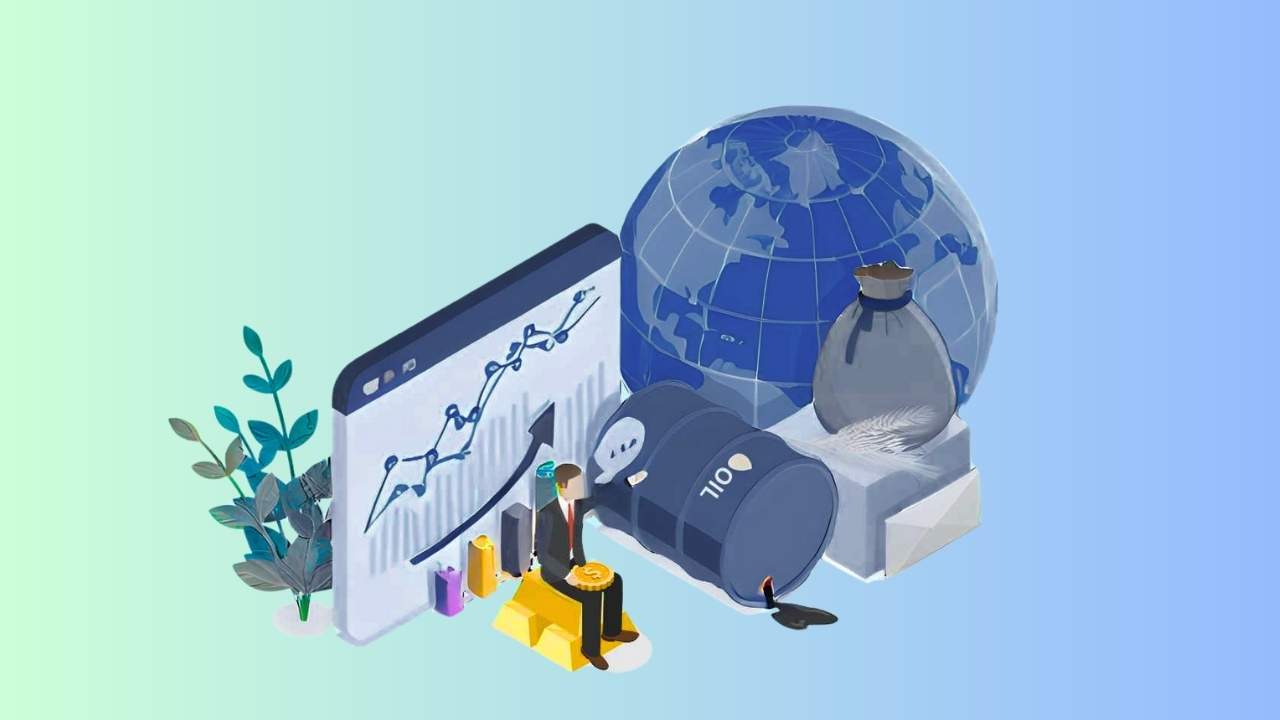If you’ve ever glanced at the price of a commodity—such as gold, oil, or wheat—you may have asked yourself how it gets determined. Numerous things drive prices up or down. The mechanism of determining a fair and accurate price is called commodity valuation. In this article, you’ll find out what commodity valuation is and the principal techniques employed to value a commodity.
What Does Commodity Valuation Mean?
Commodities are raw materials that companies, farmers, manufacturers, and traders purchase and sell. The commodity market is where the purchases take place, and it serves to find out prices for everyone.
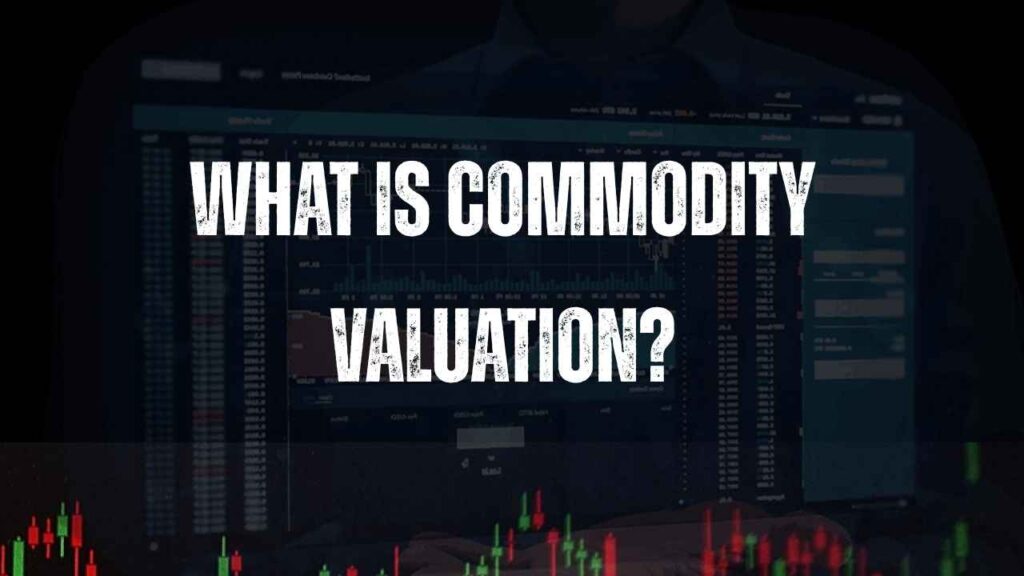
- Commodity valuation is how to determine a commodity’s fair market price.
- It depends on simple economic concepts—primarily the relationship between demand (how many want it) and supply (how much there is).
- When demand and supply curves intersect, they determine the value of the commodity.
There are many factors that influence demand and supply, such as weather, government regulations, and global events. All of these drive the price.
Why Commodity Valuation Matters
All market participants need to know a commodity’s actual value:
- Price discovery: Reasonable prices enable buyers and sellers to agree on transactions.
- Transparency: Transparent valuation establishes market confidence.
- Intelligent investing: Valuation is used by investors to determine whether to sell or buy.
- Risk avoidance: Buyers and sellers can shield themselves against large price movements.
Since demand and supply have the largest impact, traders tend to monitor information on production, inventories, and consumption to estimate future price action. Sound valuation can indicate whether a commodity is momentarily undervalued or overvalued.
Four Common Pricing Mechanisms
Different trades use different ways to set prices. Here are the four main structures:
- Fixed Price
- Buyer and seller agree on a price ahead of time.
- Locks both price and delivery date.
- Protects against sudden price jumps but misses out on positive moves.
- Floor and Ceiling Price
- A third party, like an exchange, sets minimum (floor) and maximum (ceiling) prices.
- Gives protection against extreme swings while still allowing some flexibility.
- Variable Price
- Price changes in real time based on current demand and supply.
- Reflects the market’s true pulse, but can be unpredictable.
- Floating Price
- Used for longer-term contracts.
- Calculates price by averaging over a set period.
- Common for highly volatile commodities, such as Brent crude oil.
Key Factors Affecting Commodity Valuation
1. Demand and Supply
- When demand is high and supply is low, prices go up.
- When supply exceeds demand, prices fall.
2. Cost of Production
- Higher production costs push prices upward.
- Efficient, low-cost production can help keep prices down.
3. Weather Events
- Droughts, floods, or wildfires can cut production.
- Reduced supply usually means higher prices.
4. Geopolitical Events
- Wars, trade barriers, and taxes can disrupt global supply chains.
- Political changes often lead to sudden price shifts.
5. Economic Conditions
- Metrics like GDP growth, inflation, and currency swings affect demand and supply.
- Strong economies tend to boost demand for raw materials.
Commodity Valuation in India
In India, commodities are traded on exchanges like the Multi Commodity Exchange (MCX) and the National Commodities & Derivatives Exchange (NCDEX). As in international markets, demand and supply are the largest price drivers.
For instance, if gold is at ₹95,000 per 10 grams and inflation anxiety spikes, there are more gold buyers for safe-haven purposes. This added demand can push gold prices to ₹1,00,000. But the prices would again drop if the market suddenly develops excess gold relative to buyers.
Conclusion
Commodity pricing is the foundation of honest trading in raw goods. Knowing the equilibrium of demand and supply, the price to make, and external influences such as weather or politics, allows farmers to investors to better decide. Whether you’re trading on MCX in India or investing in oil futures overseas, being aware of how commodities are priced keeps you one step ahead in the market.
Disclaimer:
The information presented in this article is for general informational purposes only. It does not constitute financial, investment, or professional advice. Commodity prices and market conditions can change rapidly; before making any investment or trading decisions, you should conduct your own due diligence and consult with a qualified financial advisor or other professional. The author and publisher assume no responsibility for losses or damages resulting from any actions taken based on the content of this post.
